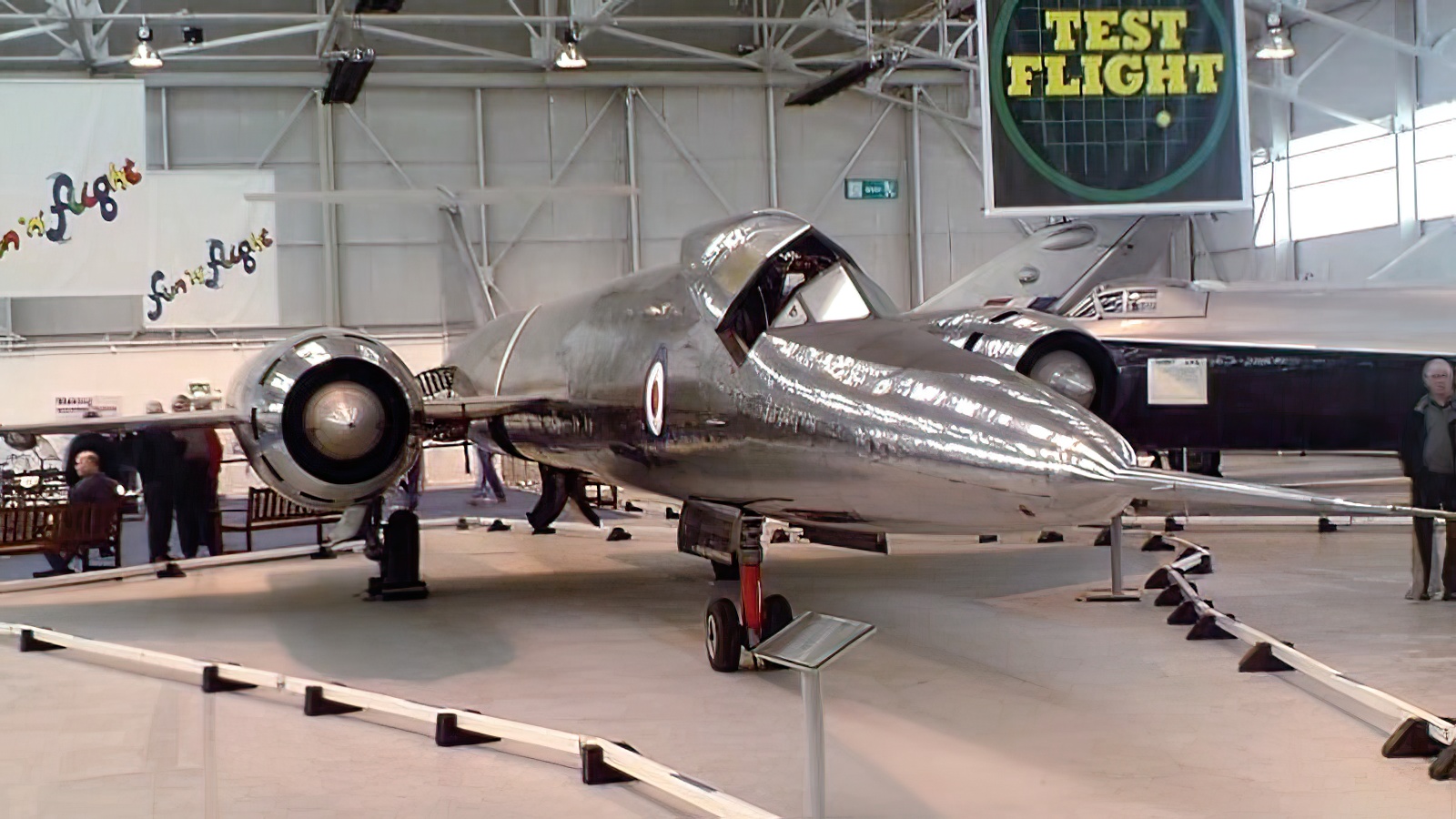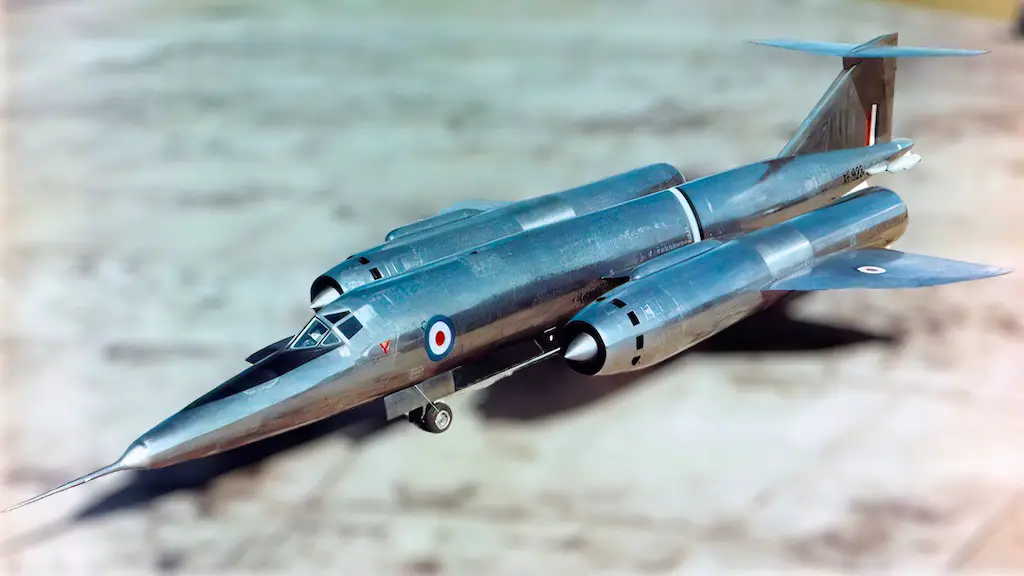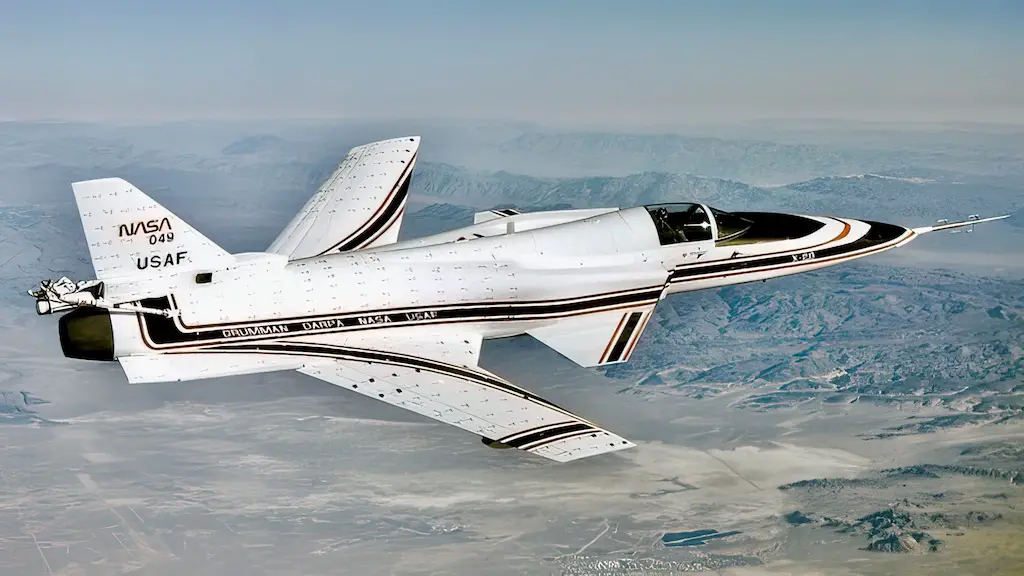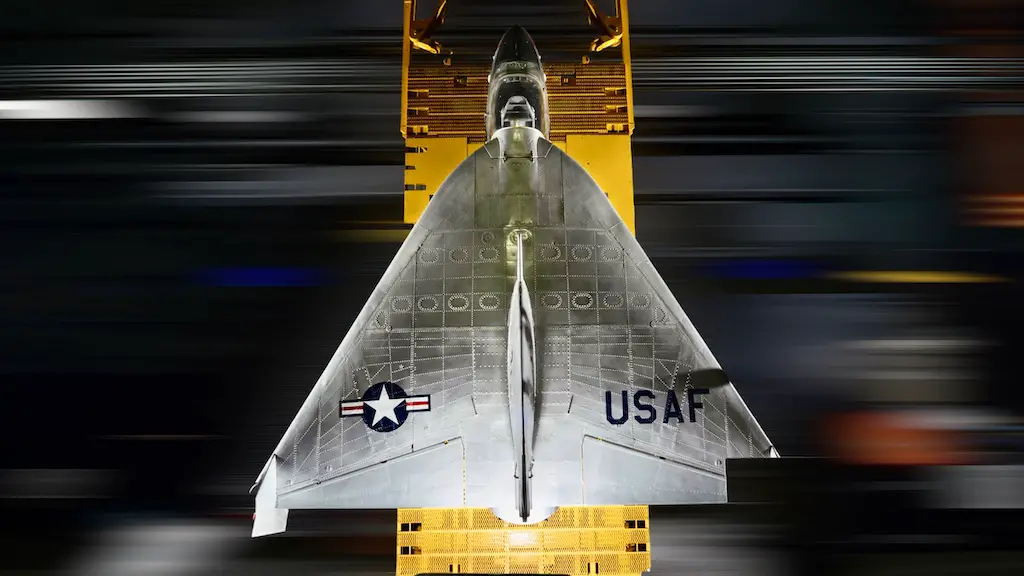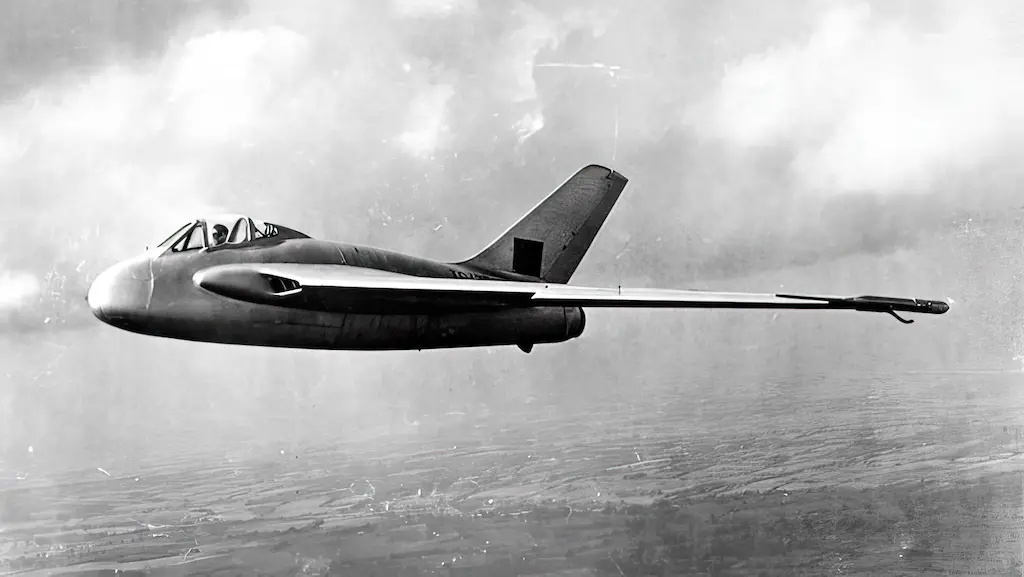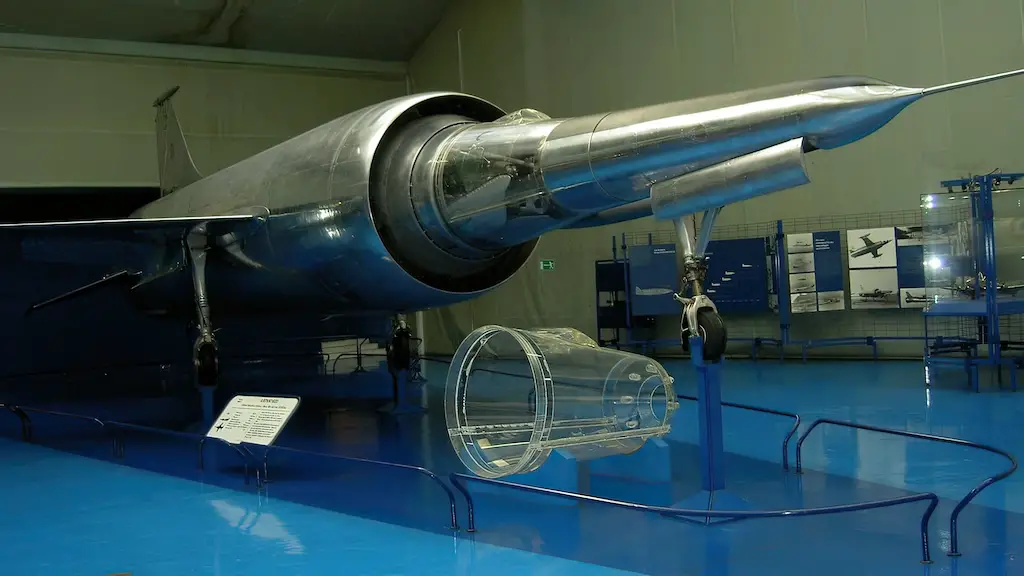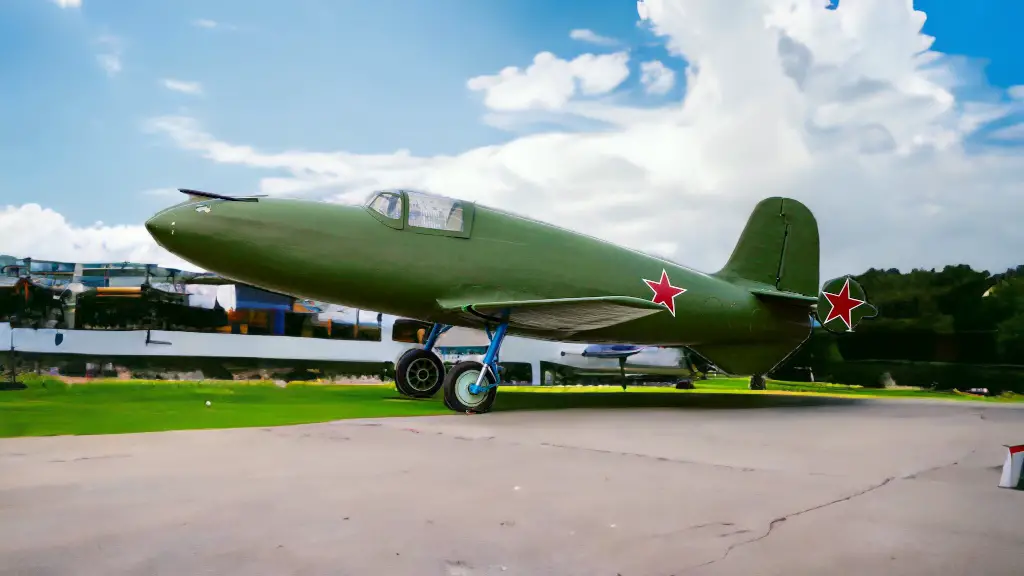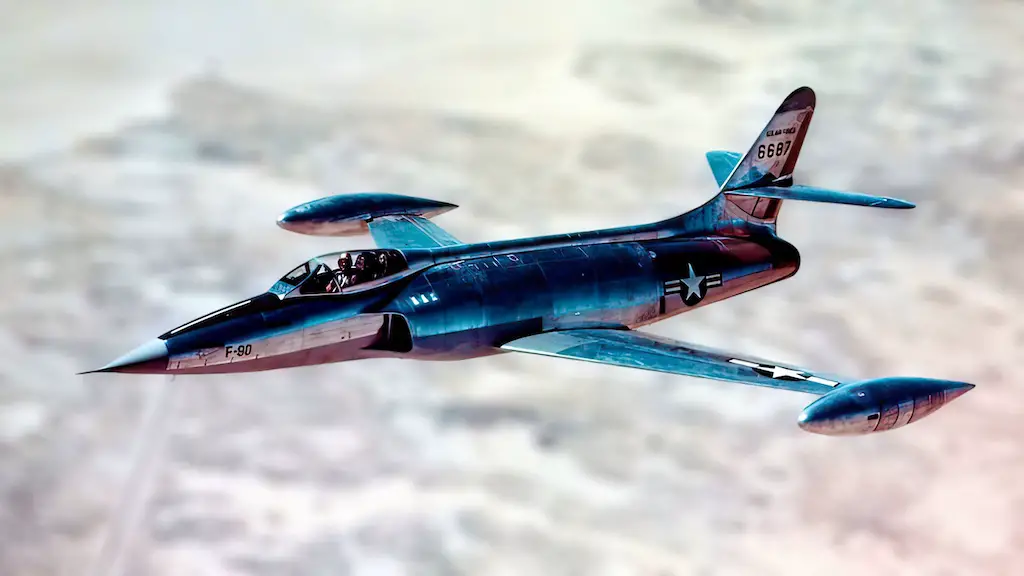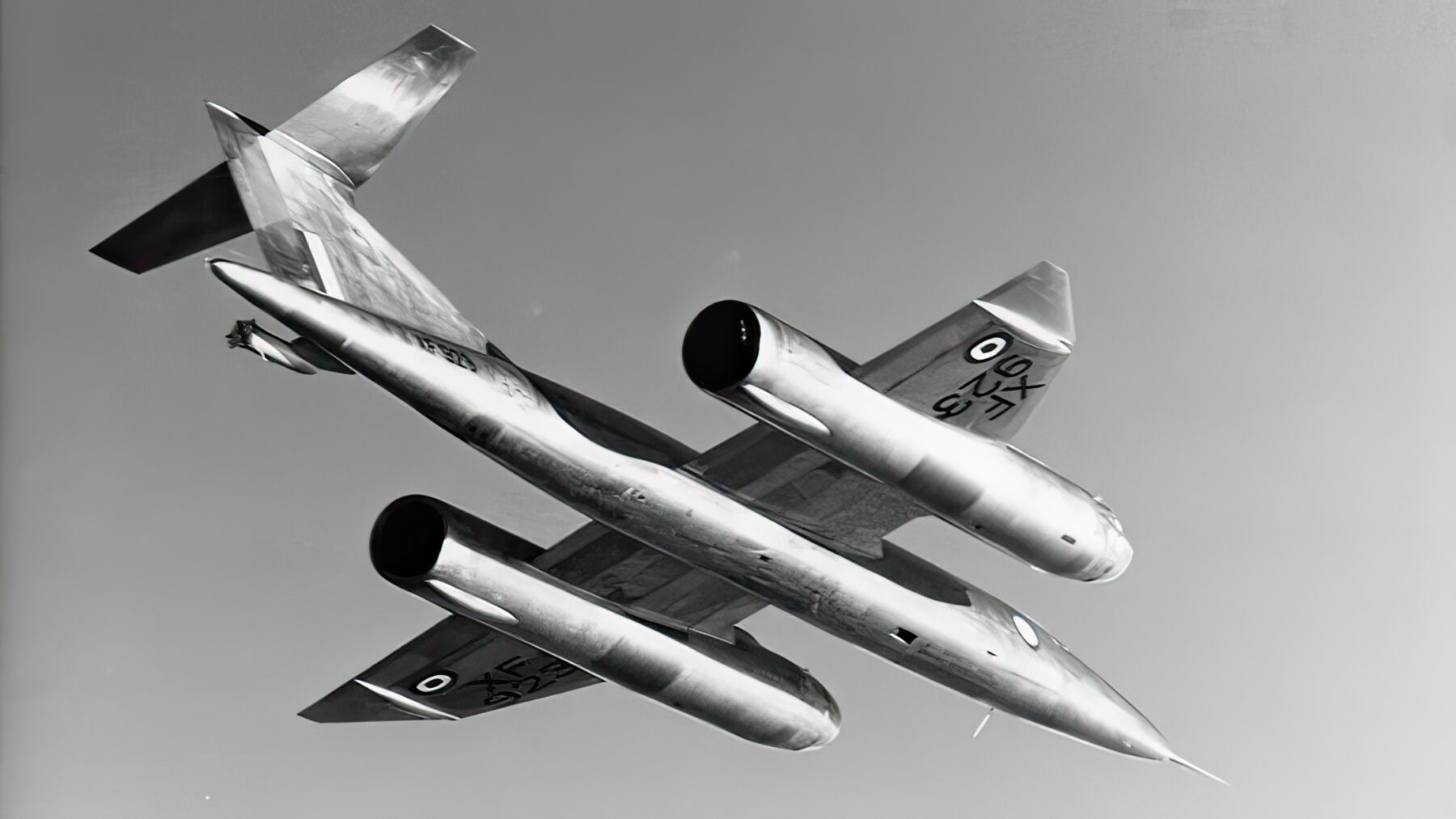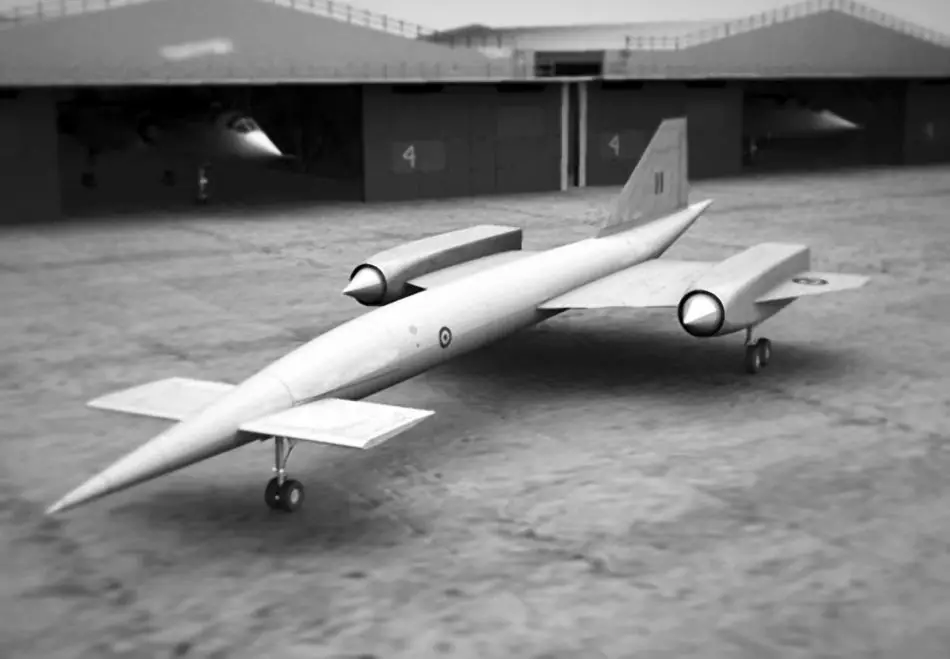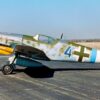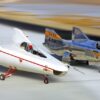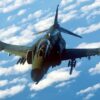Bristol 188 was a British experimental aircraft of the early 1960s created for the exploration of flight at speeds in excess of Mach 2. It was also meant to help aeronautical engineers understand what sorts of materials were and were not useful in aircraft designed for supersonic flight. For its long and thin cylindrical shape, the jet was nicknamed “The Flaming Pencil.” It was a controversial and extremely expensive project, but it was with such experimental “flaming pencils” that Britain drew its way into the future.
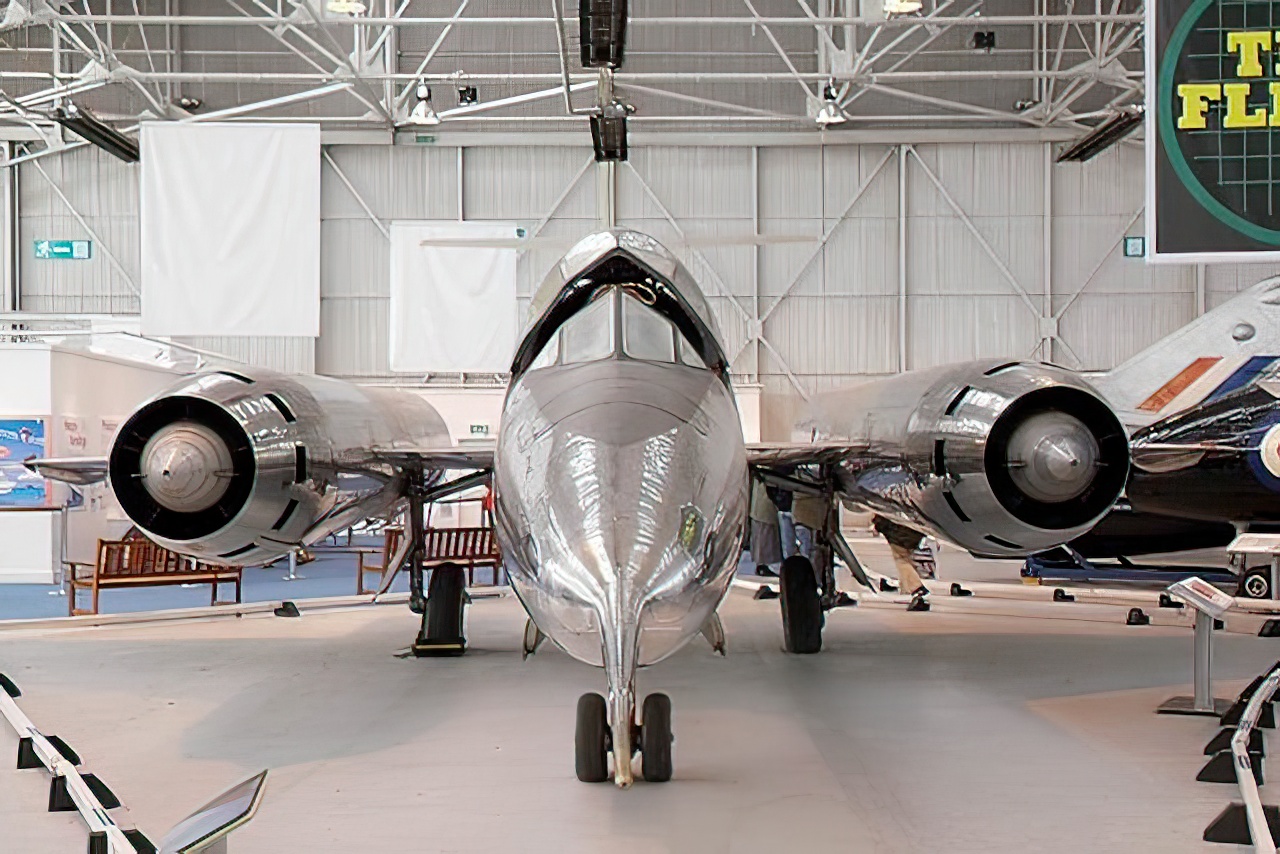
A super-fast spy plane that never was
In 1953, Bristol Aeroplane Company got orders for one static airframe and two flying prototypes for the investigation of flight conditions at twice the speed of sound and beyond. These experimental aircraft were supposed to serve the development of Avro 730, an airplane combining the capabilities of a reconnaissance aircraft and a strategic bomber. The program itself never materialized into anything flying and was abandoned in 1957. However, the Bristol 188 experimental aircraft were actually built and flown years after the cancellation of the program for which they were initially conceived.
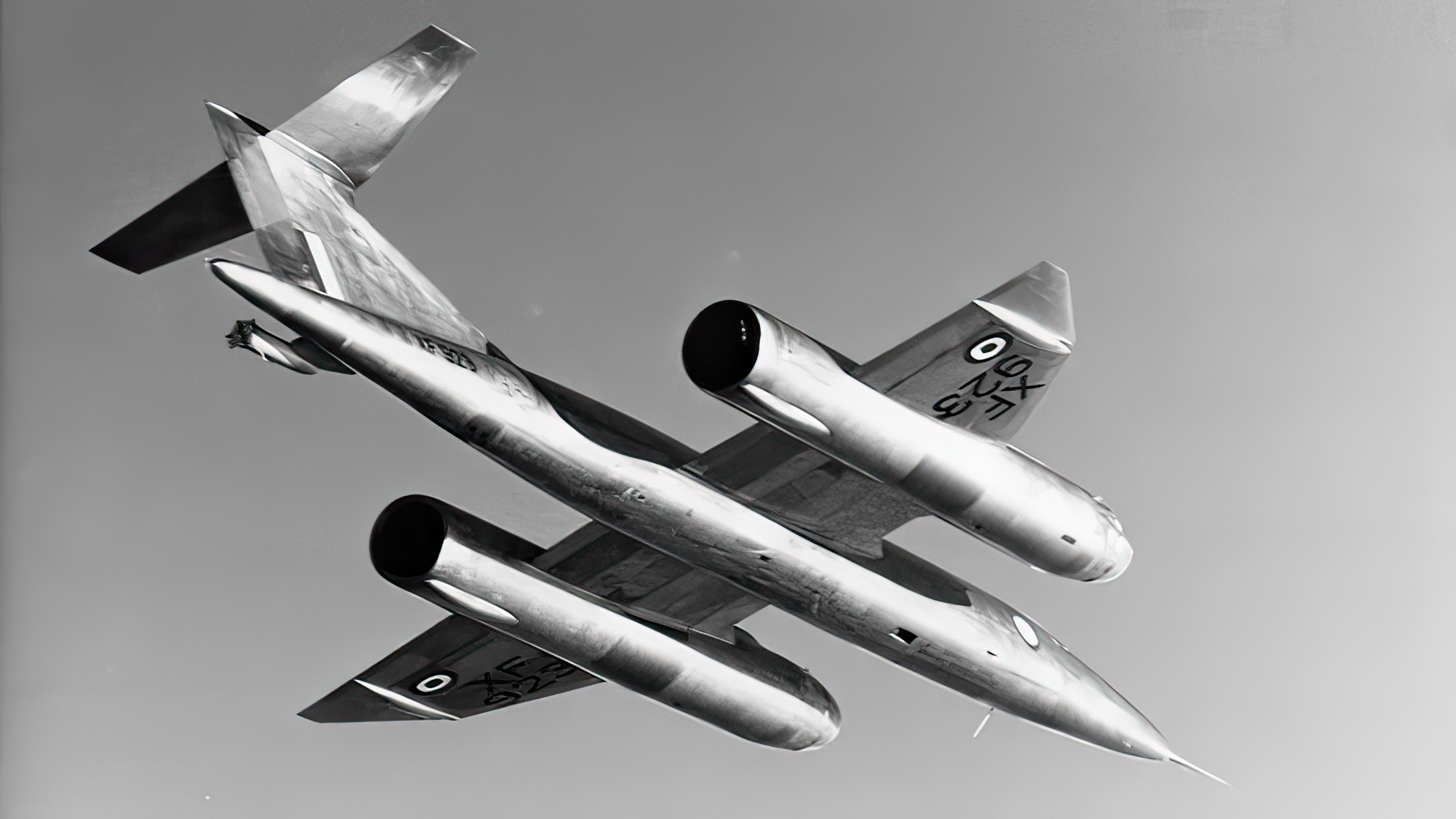
Designed to be hot
One of the model 188’s key purposes was the study of the effects of an airframes prolonged exposure to kinetic heating occurring in supersonic flight. In particular, the aircraft was designed to fly for considerable amounts of time with its skin temperature reaching 570 degrees Fahrenheit. So, unlike the absolute majority of aircraft, which are made of light aluminum alloys, Bristol 188 made extensive use of stainless steel, as it had greater kinetic heating limits. It also featured a special cockpit refrigeration system.
Flying the ‘Pencil’
The first of the prototypes first took to the air in April 1962, followed by the second one almost exactly a year later. All in all, the two “Flaming Pencils” performed 70 flights, the longest of those lasting 48 minutes. The highest speed that Bristol 188 was able to achieve was 1,440 mph, or Mach 1.88 at 36,000 ft—fast but below expectation. Besides, the aircraft’s de Havilland Gyron Junior engines’ high rate of fuel consumption coupled with fuel leak problems complicated the very task the aircraft was created for: the study of effects that prolonged travel at supersonic speed had on an airframe.
The aircraft were finally retired in 1964. One of the airframes has been preserved and is now on display at the RAF Museum in Cosford, Shropshire. Although the program’s findings were in many ways inconclusive due to the aircraft’s limitations, some of the collected data later contributed to the development of the Concorde supersonic airliner.
